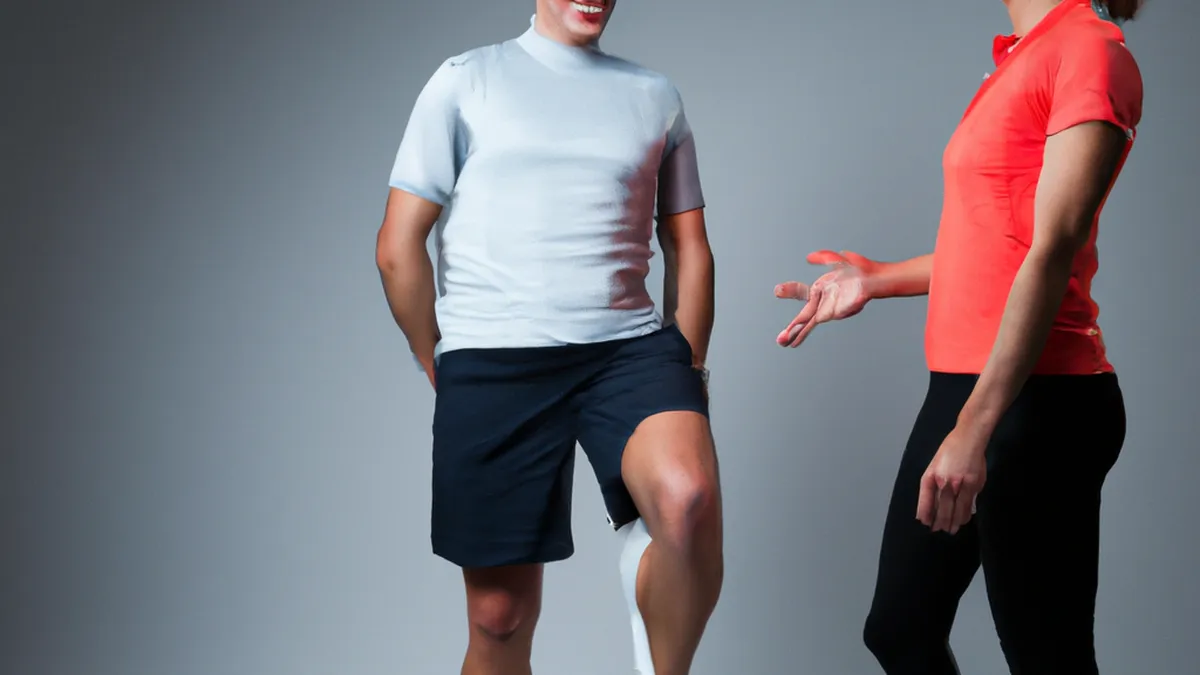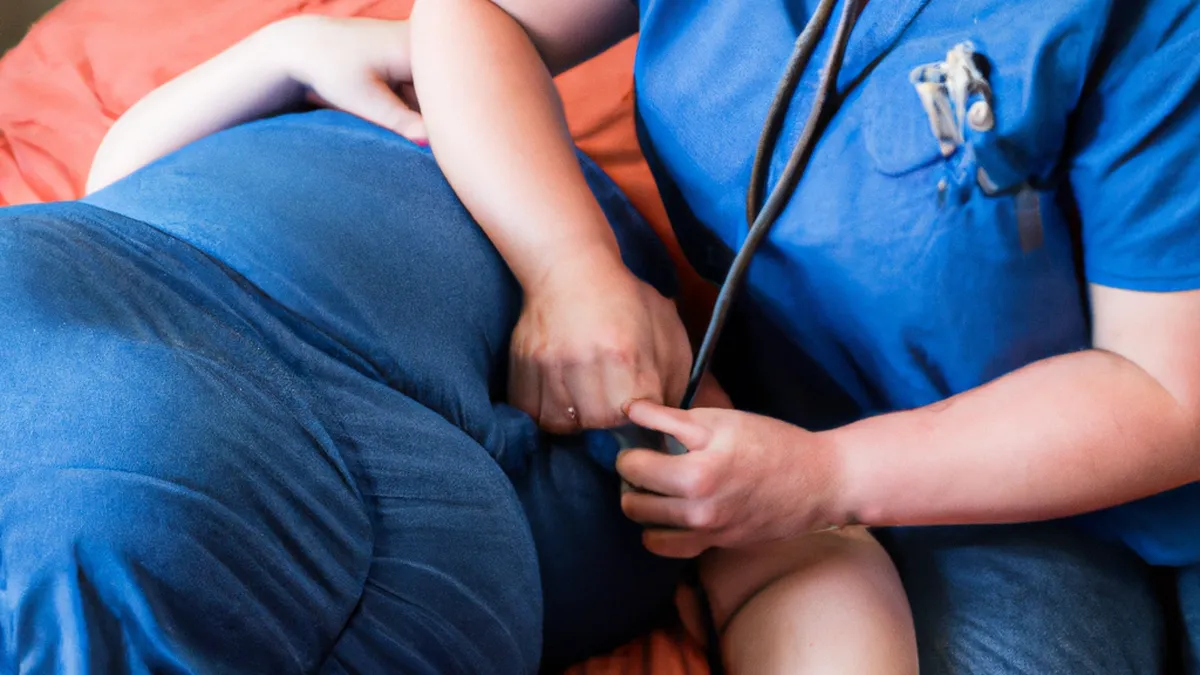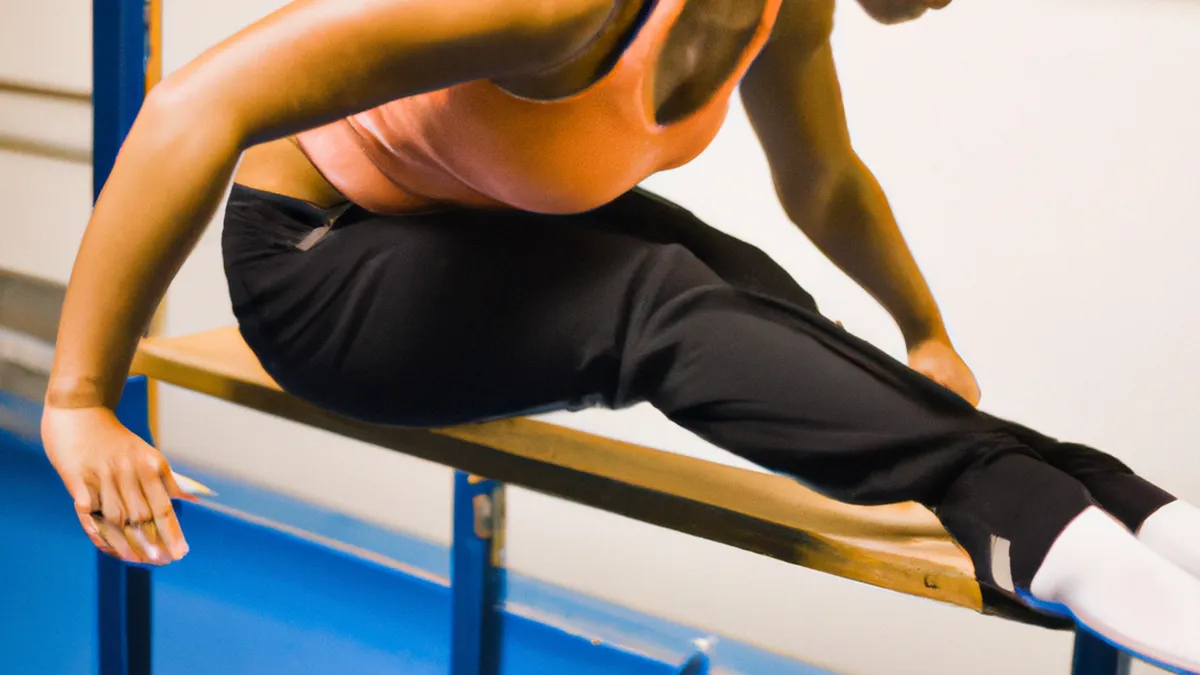Biomechanics: Key to Preventing Athletic Injuries
Role of Biomechanics in Assessing Injury Risk for Athletes
As an Amazon Associate I earn from qualifying purchases.
Gear tip: consider patellar strap, heel lifts and cold gel pack to support this workout.
Injuries can disrupt athletes’ careers, affecting their performance and well-being. Understanding movement mechanics helps identify injury risks. Biomechanics serves as a vital tool in sports training. Coaches and trainers can analyze body movements and forces to prevent injuries and enhance performance. This post highlights biomechanics’ role in assessing injury risk and offers insights for coaches and trainers.
Understanding Biomechanics
Biomechanics combines biology and mechanics to study movement in living organisms. It focuses on mechanical aspects, including forces from muscles and gravity. By examining these factors, professionals can understand athletes’ performance, efficiency, and injury risk.
The Importance of Movement Analysis
Movement analysis forms a core part of biomechanics. It involves observing and measuring athletes’ movements during physical activities. Professionals often use technology like motion capture systems, force plates, and wearable sensors to track movements. These systems provide data on joint angles, speed, acceleration, and body forces.
Analyzing movement patterns helps identify irregularities that increase injury risk. For example, improper running form, like overstriding, can lead to overuse injuries. Coaches can reduce injury risks by correcting these patterns through targeted training and rehabilitation.
Key Factors in Injury Risk Assessment
Several factors influence injury risk assessment in biomechanics: alignment, strength, and flexibility. Each factor affects athletes’ movements and overall health.
1. **Alignment:** Proper alignment ensures even force distribution across joints. Misalignment, such as valgus knee positioning, increases injury risk. Biomechanical assessments can identify alignment issues and guide corrective interventions.
2. **Strength:** Muscle strength stabilizes joints during movement. Weak muscles fail to control joint motion, leading to instability and injury. Biomechanical assessments can identify strength deficits and inform targeted training programs.
3. **Flexibility:** Flexibility allows muscles and joints to move through their full range of motion. Limited flexibility can restrict movement and cause strains or tears. Biomechanical assessments can pinpoint areas needing improvement.
Conclusion
Biomechanics plays a crucial role in assessing athletes’ injury risks. Understanding movement, alignment, strength, and flexibility helps coaches develop effective training programs.
Below are related products based on this post:
FAQ
What is biomechanics and how does it relate to injury risk in athletes?
Biomechanics combines biology and mechanics to study movement in living organisms, focusing on the mechanical aspects of movement such as the forces exerted by muscles and gravity. In the context of injury risk for athletes, biomechanics helps understand performance efficiency and identifies movement patterns that may lead to injuries.
How can movement analysis help in preventing injuries?
Movement analysis involves observing and measuring athletes’ movements during physical activities using technologies like motion capture systems and force plates. By analyzing these movements, coaches can identify irregularities and improper techniques that increase injury risk, allowing for targeted training and rehabilitation to correct these patterns.
What key factors should be considered in injury risk assessment?
Key factors in injury risk assessment include alignment, strength, and flexibility. Proper alignment ensures even force distribution across joints, muscle strength stabilizes joints during movement, and flexibility allows for a full range of motion. Biomechanical assessments can identify deficits in these areas, guiding interventions to reduce injury risks.















Post Comment